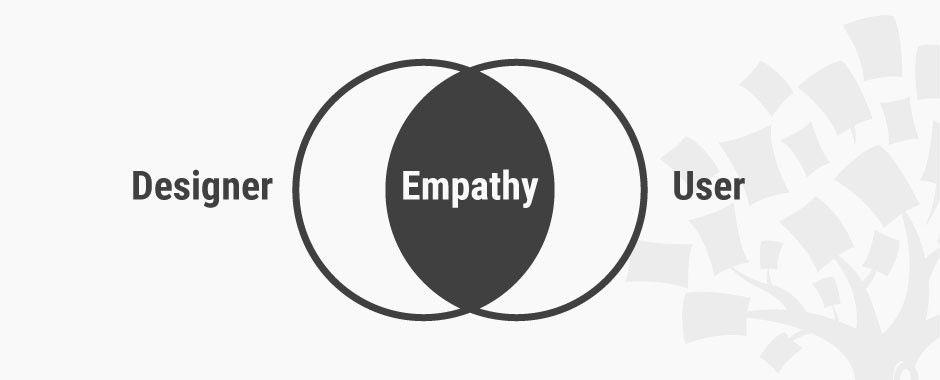This step involves putting oneself into the shoes of the customer or the end-user of our solution. We need to understand the problems faced by the customer and we, as design thinkers, need to empathize with the customer. This step is carried out in the form of requirement gathering, which involves interviews and sometimes, even field visits. This step involves the process of analysis, the one which we discussed in the previous sections. There are a few points to be considered while interviewing the customer.
● The interviewer must brainstorm for the questions beforehand and must be fully prepared for the interview.
● The questions being asked must be open questions. No such question should be asked for which the interviewee can answer only in Yes or No. Such binary questions must be avoided.
● The interviewer must have plenty of ‘why’ questions. Here, the ‘five whys’ method can help.
● The themes of the questions must not be intermingled. The themes must be arranged properly and questions pertaining to a particular theme must be asked together.
● The questions must be refined thoroughly so that no trace of ambiguity is left in them.

Let’s take a deeper look at this section using the example of DT’s problem statement. To fully understand DT’s problem, we need to engage in an interview with DT employees, those who are working and even those who are leaving. It is important for us, as design thinkers, to observe, engage, and listen to the interviewee. To create meaningful innovations, we need to understand the needs of the customer and know how it feels. Following can be few of the questions that can be asked to the employees.
Regarding Motivation to Work
● What motivates you to come at the workplace?
● What is the thing that drains you off energy at workplace?
● Is the factor for demoralization related to company policies or your peers?
Regarding Leaving the Company
● What are your aspirations?
● How is the other company fulfilling your aspirations?
● Is your decision related to something other than workplace motivation?
Regarding Time of Leaving
● How does this time suit your decision to leave the organization?
● Does your decision has anything to do with appraisal? If yes, how?
The following questions must be asked to DT’s management.
Regarding Employee Attrition
● Has any pattern been observed between the employees leaving the organization and their appraisal ratings?
● What are the issues that the employees have complained about in the past regarding their workplace?
Regarding Knowledge Transfer Mechanism
● What does a knowledge transfer program constitute of?
● How much money goes as expense of knowledge transfer program?
● What is the current methodology of knowledge transfer program and how effective is it?
● How can the budget allocated to knowledge transfer program be increased or decreased?
● What are the indispensable resources and pre-requisites for a knowledge transfer program?
Once these questions have been answered, we can proceed to the further steps with more clarity. This way, a design thinker will be able to cover all the necessary details related to the problem, gather all the requirements and think of the solutions with an exhaustive set of facts and information in hand. This will help in converging at a solution that takes into consideration the answers of all the questions.


